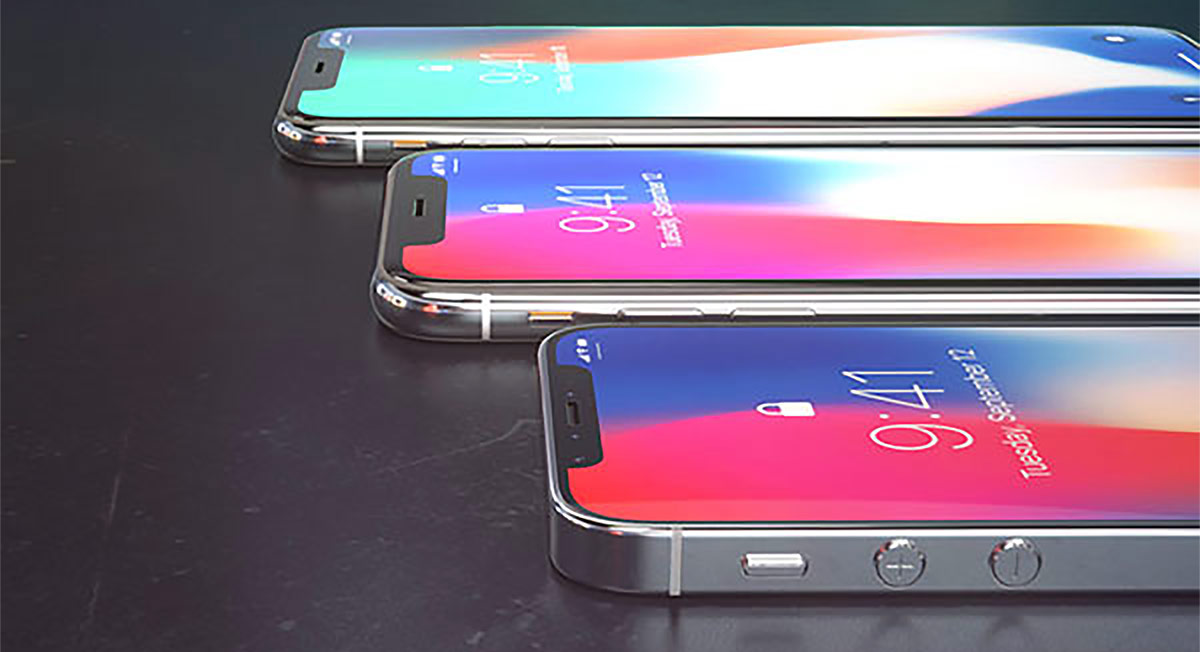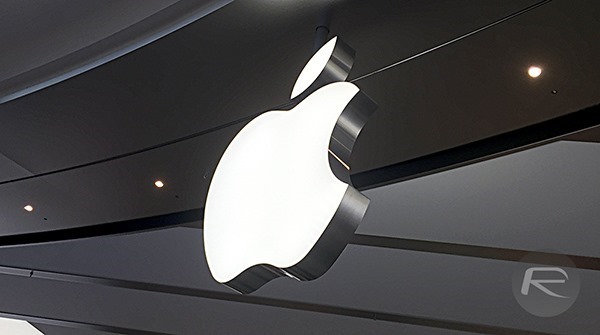It’s no secret that Apple is expected to introduce three new iPhone models later this year. Two of those iPhones are speculated to be OLED-based continuations of this year’s iPhone X model, with the other being a lower-priced LCD model.
According to internal sources, Apple is expecting the lower-priced LCD version to be the dominant force in terms of sales this year.

Apple broke iPhone tradition in 2017 when it released the gorgeous iPhone X model complete with a stunning new OLED panel. We all know the benefits of the OLED technology over traditional LCD panels but iPhone X was the first iPhone model to make that jump.
Apple is expected to announce an improved version of iPhone later this year, including a larger iPhone X Plus model as well as an LCD version which should appeal to the lower-end of the market. It would be reasonable to assume that manufacturing trends would err towards the OLED models, however, The Wall Street Journal is reporting that Apple doesn’t believe that to be the case.
The publication is citing people involved with Apple’s internal supply chain who are suggesting that Apple is planning on manufacturing more LCD units than OLED ones. If this is accurate, then it can only point to the fact that Apple believes that it will sell more of the cheaper LCD-based models on a global basis. It’s speculated that this LCD model will still be “iPhone X-like” but that it will come equipped with fewer features than the two new models, have an LCD panel rather than an OLED, and will, of course, be pushed into the market with a lower price-point than the two OLED models.

Interestingly, the report doesn’t seem to suggest if Apple’s internal thinking is solely related to the brand new 2018 LCD device, or if the anticipation of higher LCD sales includes iPhone 8, iPhone 8 Plus, and new iPhone SE, all of which ship with an LCD panel and all of which will still be available for sale alongside the new 2018 models. However, if this theory does pan out, it is a suggestion that consumers are becoming increasingly price sensitive and aren’t prepared to spend $999+ on a twelve-month rolling basis for a new smartphone.
You may also like to check out:
- Live Stream FIFA World Cup 2018 On iPhone, iPad, Apple TV, Android, Web, Here’s How
- How To Buy iPhone X On iOS 11.3.1 For Jailbreak Purposes
- 100+ iOS 12 Hidden Features For iPhone And iPad [Running List]
- Download iOS 12 Beta OTA Configuration Profile File Without Developer Account
- Download iOS 12 Beta 1 IPSW Links & Install On iPhone X, 8, 7, Plus, 6s, 6, SE, 5s, iPad, iPod [Tutorial]
- iOS 12 Beta 1 Download IPSW Links, OTA Update For iPhone And iPad
- How To Downgrade iOS 12 Beta To iOS 11.4 [Tutorial]
You can follow us on Twitter, add us to your circle on Google+ or like our Facebook page to keep yourself updated on all the latest from Microsoft, Google, Apple and the Web.

